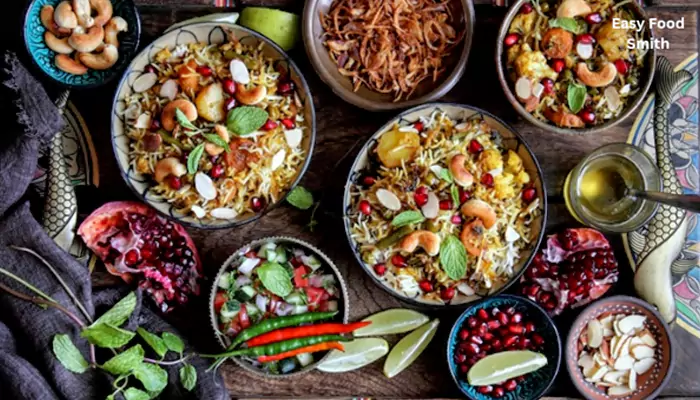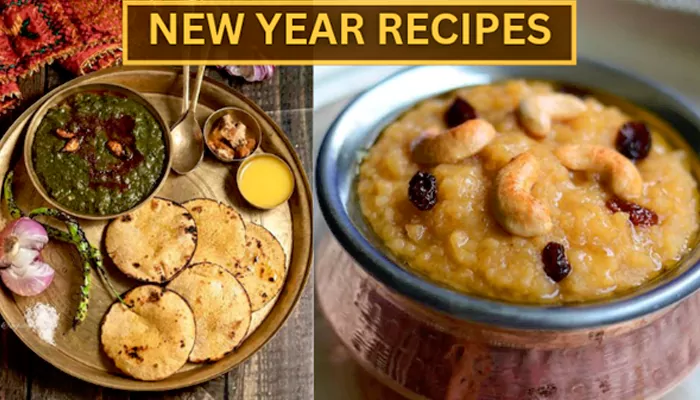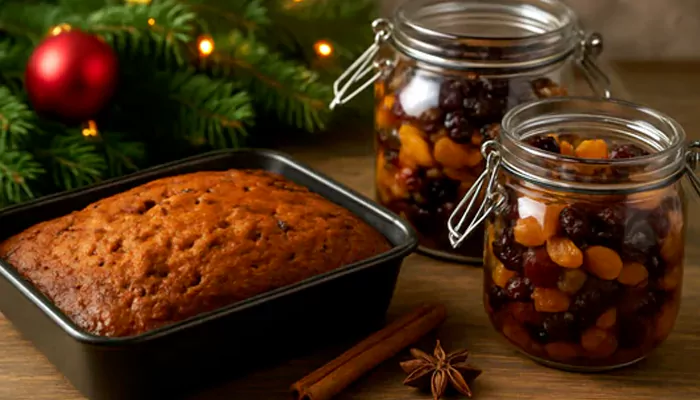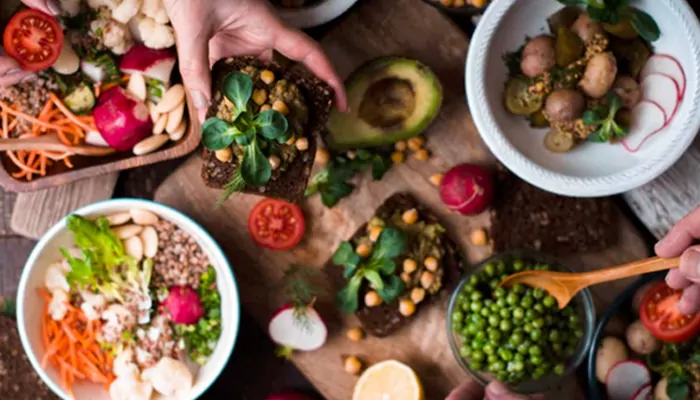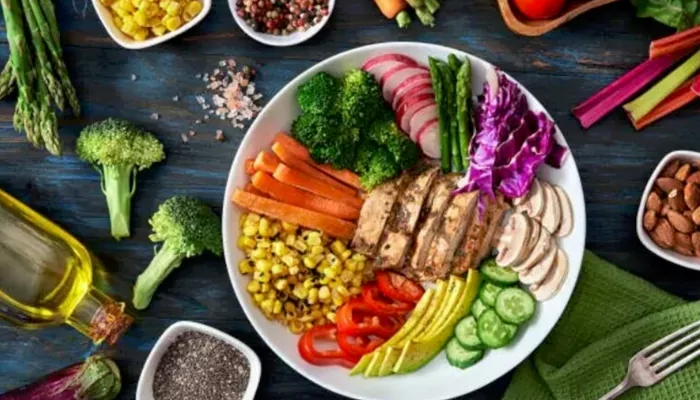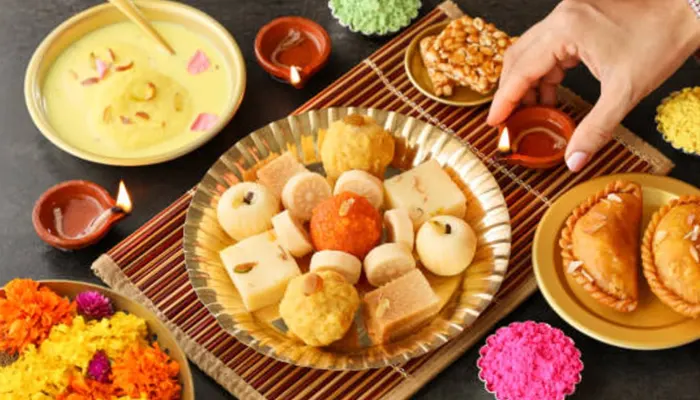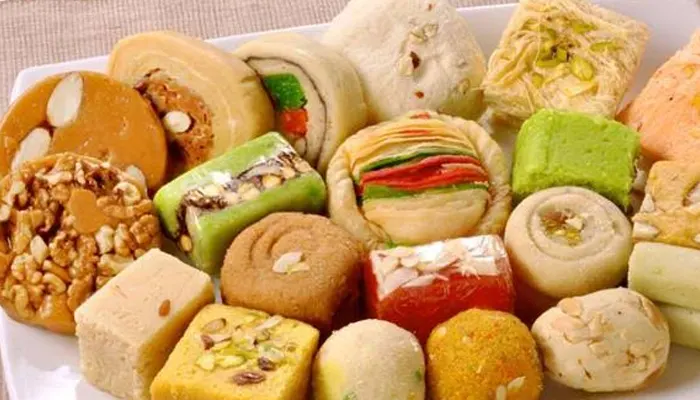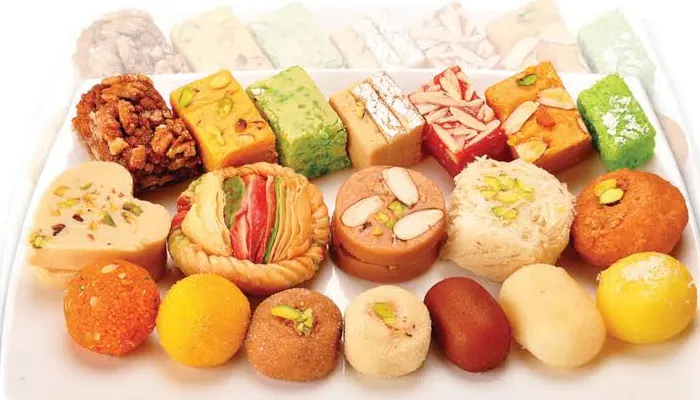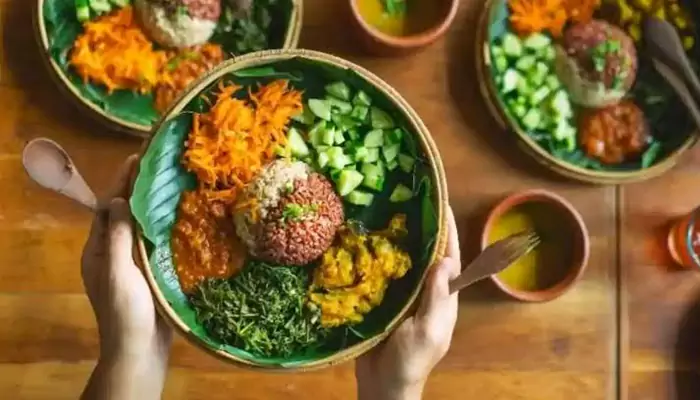From Leaf To Cup: The Journey Of Crafting Premium Loose-Leaf Teas
- Ishani Karmakar
- 1 year ago
- 4 minutes read

There’s something undeniably special about a cup of premium loose-leaf tea.
The rich aroma, the vibrant flavours, and the soothing warmth all come together to create a moment of pure tranquillity. But have you ever wondered what goes into crafting that perfect cup of tea? The journey from leaf to cup is a fascinating process, filled with tradition, artistry, and a deep respect for nature. Let’s take a closer look at how premium loose-leaf teas are crafted, and why they stand out as a luxurious choice for tea enthusiasts.
The Origins: Growing the Perfect Tea Leaves
The journey of crafting premium loose-leaf tea begins in the lush, verdant tea gardens of countries like India, Sri Lanka, and Japan. These regions are renowned for their unique climates, rich soils, and centuries-old tea-growing traditions. The quality of the tea leaves is influenced by various factors such as altitude, rainfall, and temperature. For instance, the high-altitude gardens of Darjeeling in India produce teas with delicate flavours and a distinctive aroma, while the lowland teas of Assam are known for their bold, robust taste.
Tea plants, primarily of the Camellia sinensis species, are carefully cultivated by skilled farmers who understand the nuances of the plant and its environment. The best leaves, known as “two leaves and a bud,” are hand-picked during the harvest season. This careful selection ensures that only the freshest and most tender leaves are used, which is crucial for crafting high-quality loose-leaf teas.
The Art of Processing: Crafting the Flavours
Once the leaves are harvested, they undergo a series of processing steps that transform them into the teas we know and love. This process varies depending on the type of tea being produced—whether it’s green, black, oolong, white, or any other variety. Each type of tea has its own unique processing method, and it is here that the true artistry of tea-making comes into play.
Withering
The freshly picked leaves are spread out and allowed to wither, usually in the shade. This process reduces the moisture content in the leaves, making them more pliable and ready for the next steps. The withering time and conditions can greatly affect the flavour profile of the tea.
Rolling
After withering, the leaves are gently rolled to break the cell walls and release the natural oils. This step is crucial for developing the tea’s flavour and aroma. The rolling can be done by hand or using specialized machines, depending on the type of tea and the desired characteristics.
Oxidation
Oxidation is the key process that differentiates various types of teas. For black teas, the leaves are fully oxidized, which gives them their dark colour and rich flavour. Green teas, on the other hand, are minimally oxidized, preserving their green colour and fresh, vegetal taste. Oolong teas are partially oxidized, offering a balance between the robustness of black tea and the freshness of green tea.
Drying
Once the leaves have reached the desired level of oxidation, they are dried to stop the oxidation process and lock in the flavours. This is done using various methods such as pan-firing, sun-drying, or baking. The drying process also helps to preserve the tea and extend its shelf life.
Sorting and Grading
After drying, the leaves are sorted and graded according to their size, shape, and appearance. This step ensures consistency in the final product, with the highest grades reserved for premium loose-leaf teas.
The Blending and Flavouring: A Symphony of Tastes
For some teas, the journey continues with the art of blending and flavouring. Master blenders combine different tea leaves, sometimes from various regions, to create a harmonious blend that offers a unique flavour experience. In some cases, natural ingredients like herbs, flowers, fruits, and spices are added to the tea, enhancing its aroma and taste.
From the careful cultivation of the tea plants to the intricate processing and final brewing, the journey of crafting premium loose-leaf teas is a labour of love. Each cup of tea is a testament to the skill, tradition, and passion that goes into producing this beloved beverage. So, the next time you brew a cup of loose-leaf tea, take a moment to savour not just the flavours, but also the rich history and craftsmanship behind it.

